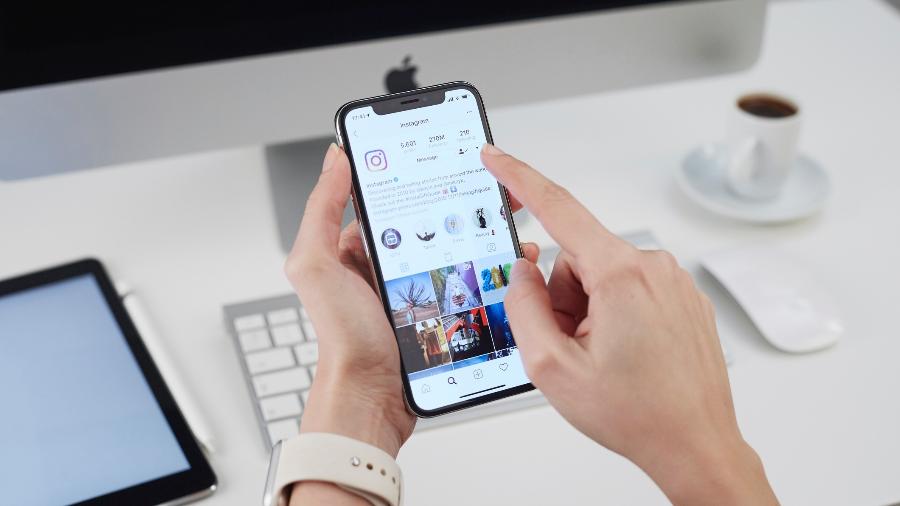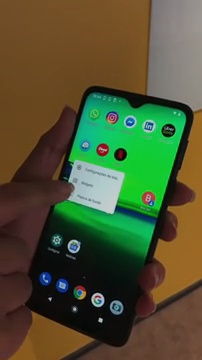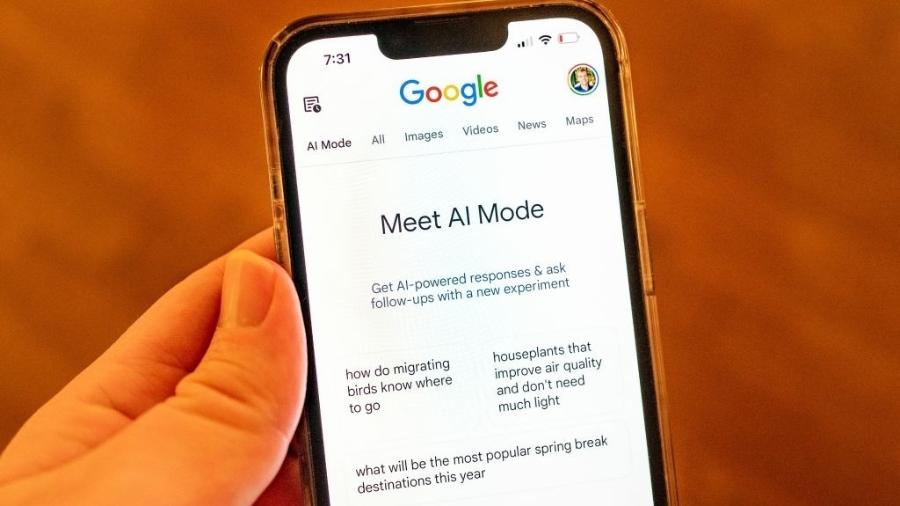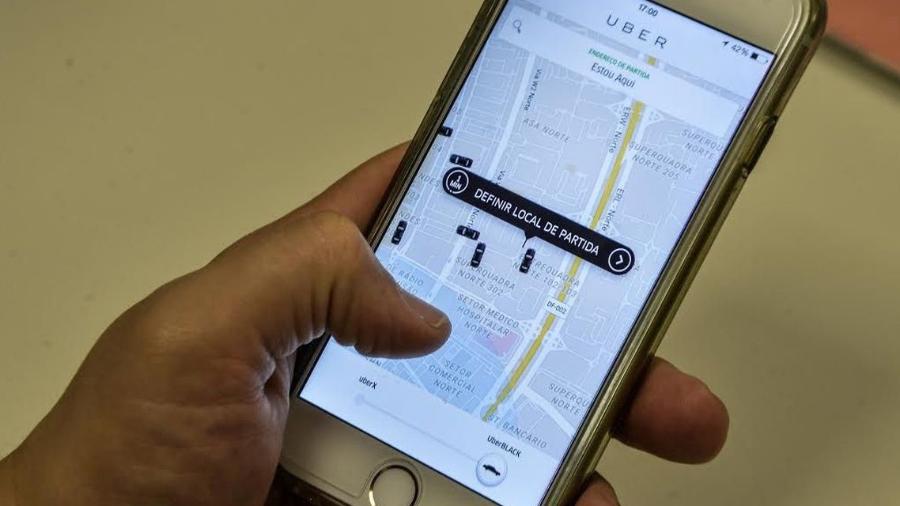Seu celular parece um depósito? Faça o backup para guardar dados e fotos

Fazer o backup na nuvem é uma boa forma de manter seus arquivos para sempre, mesmo se você tiver perdido seu smartphone. Isso porque os dados não ficam salvos no aparelho, mas sim em um servidor online, podendo ser restaurando quando necessitar.
Para realizar o backup em celulares Android você vai precisar de sua conta Google e, portanto, todos os apps da empresa terão seus dados salvos de forma automática.
Você pode fazer dois tipos de backups: o de dados e o de fotos. Confira abaixo:
Backup automático de dados
- e "Configurações".
- Entre em "Google".
- Toque em "Backup".
- Por fim, ative a opção "Fazer backup no Google Drive".
Backup automático de fotos
- Instale o app Google Fotos.
- Entre em "Configurações".
- e em "Google".
- Toque em "Backup".
- Toque em "Google Fotos".
- Ative a opção "Backup e sincronização".
SIGA TILT NAS REDES SOCIAIS
- Twitter: https://twitter.com/tilt_uol
- Instagram: https://www.instagram.com/tilt_uol/
- WhatsApp: https://uol.page.link/V1gDd
- Grupo no Facebook Deu Tilt: http://bit.ly/FacebookTilt


















ID: {{comments.info.id}}
URL: {{comments.info.url}}
Ocorreu um erro ao carregar os comentários.
Por favor, tente novamente mais tarde.
{{comments.total}} Comentário
{{comments.total}} Comentários
Seja o primeiro a comentar
Essa discussão está encerrada
Não é possivel enviar novos comentários.
Essa área é exclusiva para você, , ler e comentar.
Só s do UOL podem comentar
Ainda não é ? Assine já.
Se você já é do UOL, faça seu .
O autor da mensagem, e não o UOL, é o responsável pelo comentário. Reserve um tempo para ler as Regras de Uso para comentários.